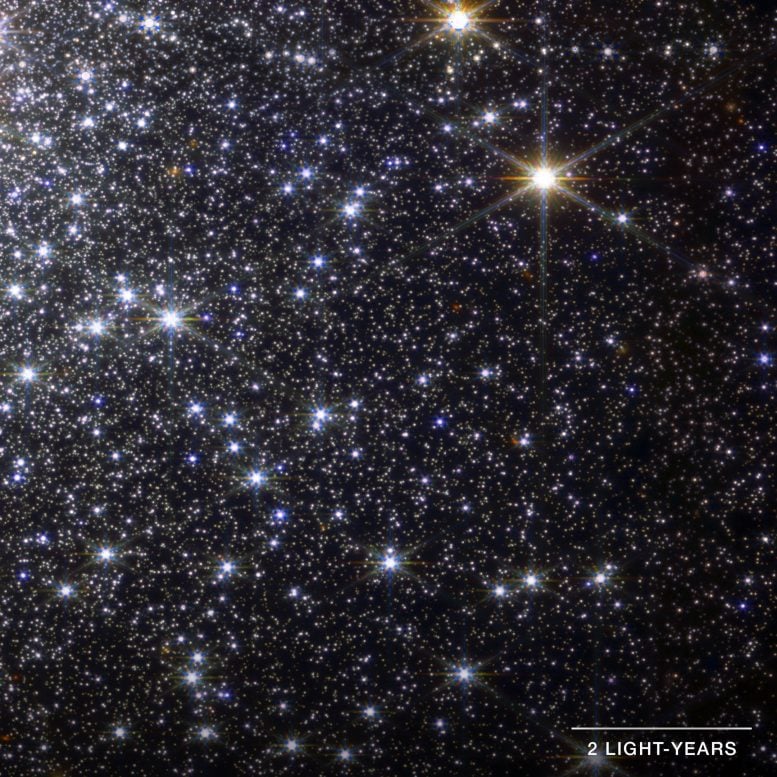
Detail of the globular cluster Messier 92 (M92) captured by Webb’s NIRCam instrument. This field of view covers the lower left quarter of the right half of the full image. Globular clusters are dense masses of tightly packed stars that all formed around the same time. In M92, there are about 300,000 stars packed into a ball about 100 light-years across. The night sky of a planet in the middle of M92 would shine with thousands of stars that appear thousands of times brighter than those in our own sky. The image shows stars at different distances from the center, which helps astronomers understand the motion of stars in the cluster, and the physics of that motion. Credit: Image Processing: NASA, ESA, CSA, Alyssa Pagan (STScI)
On June 20, 2022, the James Webb Space Telescope spent just over one hour staring at Messier 92 (M92), a globular cluster 27,000 light-years away in the Milky Way halo. The observation – among the very first science observations undertaken by Webb – is part of Early Release Science (ERS) program 1334, one of 13 ERS programs designed to help astronomers understand how to use Webb and make the most of its scientific capabilities.
NASA spoke with Matteo Correnti from the Italian Space Agency; Alessandro Savino from the University of California, Berkeley; Roger Cohen from Rutgers University; and Andy Dolphin from Raytheon Technologies to find out more about Webb’s observations of M92 and how the team is using the data to help other astronomers. (Last November, Kristen McQuinn talked with us about her work on the dwarf galaxy WLM, which is also part of this program.)
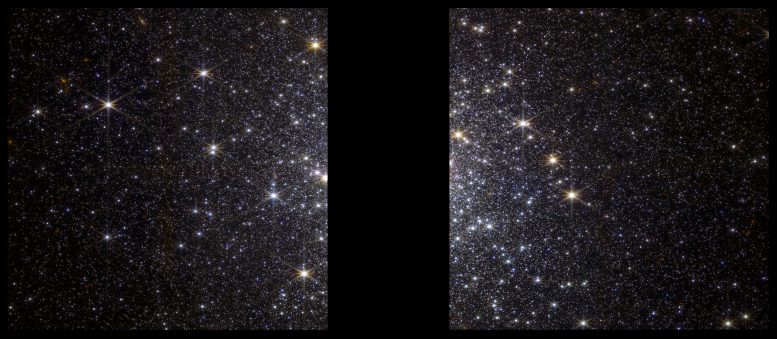
Image of the globular cluster Messier 92 (M92) captured by the James Webb Space Telescope’s NIRCam instrument. The black strip in the center is a chip gap, the result of the separation between NIRCam’s two long-wavelength detectors. The gap covers the dense center of the cluster, which is too bright to capture at the same time as the fainter, less dense outskirts of the cluster.
This image is a composite of four exposures using four different filters: F090W (0.9 microns in wavelength) is shown in blue; F150W (1.5 microns) in cyan; F277W (2.77 microns) in yellow; and F444W (4.44 microns) in red. The image is about 5 arcminutes (39 light-years) across. Credit: Image Processing: NASA, ESA, CSA, Alyssa Pagan (STScI)
Tell us about this ERS program. What are you trying to accomplish?
Alessandro Savino: This particular program is focused on resolved stellar populations. These are large groups of stars like M92 that are very nearby – close enough that Webb can single out the individual stars in the system. Scientifically, observations like these are very exciting because it is from our cosmic neighborhood that we learn a lot of the physics of stars and galaxies that we can translate to objects that we see much farther away.
Matteo Correnti: We’re also trying to understand the telescope better. This project has been instrumental for improving the calibration (making sure all of the measurements are as accurate as possible), for improving the data for other astronomers and other similar projects.
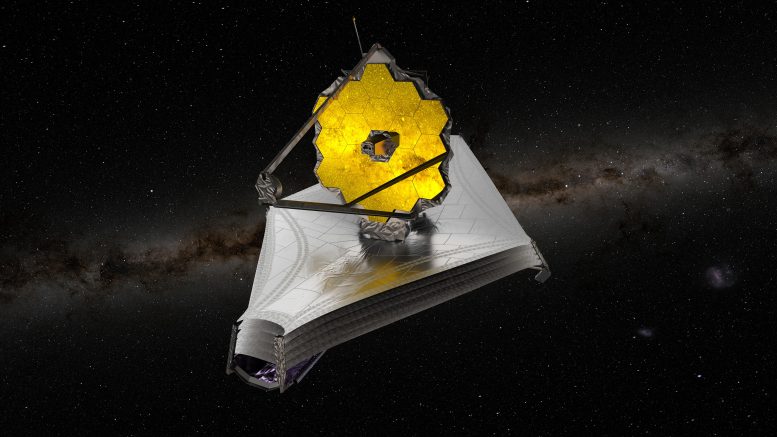
The James Webb Space Telescope is the next great space science observatory following Hubble, designed to answer outstanding questions about the Universe and to make breakthrough discoveries in all fields of astronomy. Webb will see farther into our origins: from the formation of stars and planets, to the birth of the first galaxies in the early Universe. Webb is an international partnership between NASA, ESA, and CSA. Credit: ESA/ATG medialab
Why did you decide to look at M92 in particular?
Savino: Globular clusters like M92 are very important for our understanding of stellar evolution. For decades they have been a primary benchmark for understanding how stars work, how stars evolve. M92 is a classic globular cluster. It’s close by; we understand it relatively well; it’s one of our references in studies of stellar evolution and stellar systems.
Correnti: Another reason M92 is important is that it is one of the oldest globular clusters in the Milky Way, if not the oldest one. We think M92 is between 12 and 13 billion years old. It contains some of the oldest stars that we can find, or at least that we can resolve and characterize well. We can use nearby clusters like this as tracers of the very ancient universe.
Roger Cohen: We also chose M92 because it is very dense: There are a lot of stars packed together very closely. (The center of the cluster is thousands of times denser than the region around the Sun.) Looking at M92 allows us to test how Webb performs in this particular regime, where we need to make measurements of stars that are very close together.
What are the characteristics of a globular cluster that make it useful for studying how stars evolve?
Andy Dolphin: One of the main things is that the bulk of the stars in M92 would have formed at roughly the same time and with roughly the same mix of elements, but with a wide range of masses. So we can get a really good survey of this particular population of stars.
Savino: Also, since the stars all belong to the same object (the same globular cluster, M92), we know they are all about the same distance away from us. That helps us a lot because we know that differences in brightness between the different stars must be intrinsic, instead of just related to how far away they are. It makes the comparison with models much, much easier.
This star cluster has already been studied with the Hubble Space Telescope and other telescopes. What can we see with Webb that we have not seen already?
Cohen: One of the important differences between Webb and Hubble is that Webb operates at longer wavelengths, where very cool, low-mass stars give off most of their light. Webb is well-designed to observe very cool stars. We were actually able to reach down to the lowest mass stars – stars less than 0.1 times the mass of the Sun. This is interesting because this is very close to the boundary where stars stop being stars. (Below this boundary are brown dwarfs, which are so low-mass that they’re not able to ignite hydrogen in their cores.)
Correnti: Webb is also a lot faster. To see the very faint low-mass stars with Hubble, you need hundreds of hours of telescope time. With Webb, it takes just a few hours.
Cohen: These observations weren’t actually designed to push very hard on the limits of the telescope. So it’s very encouraging to see that we were still able to detect such small, faint stars without trying really, really hard.
What’s so interesting about these low-mass stars?
Savino: First of all, they are the most numerous stars in the universe. Second, from a theoretical point of view, they are very interesting because they’ve always been very difficult to observe and characterize. Especially stars less than half the mass of the Sun, where our current understanding of stellar models is a little more uncertain.
Correnti: Studying the light these low-mass stars emit can also help us better constrain the age of the globular cluster. That helps us better understand when different parts of the Milky Way (like the halo, where M92 is located) formed. And that has implications for our understanding of cosmic history.
It looks like there’s big gap in the middle of the image you captured. What is that and why is it there?
Dolphin: This image was made using Webb’s Near-Infrared Camera (NIRCam). NIRCam has two modules, with a “chip gap” between the two. The center of the cluster is extremely crowded, extremely bright. So that would have limited the usefulness of the data from that region. The position of these images overlaps nicely with Hubble data available already.
One of your main goals was to provide tools for other scientists. What are you particularly excited about?
Dolphin: One of the key resources we developed and have made available to the astronomical community is something called the DOLPHOT NIRCam module. This works with an existing piece of software used to automatically detect and measure the brightness of stars and other unresolved objects (things with a star-like appearance). This was developed for cameras on Hubble. Adding this module for NIRCam (as well as one for NIRISS, another of Webb’s instruments) allows astronomers the same analysis procedure they know from Hubble, with the additional benefit of now being able to analyze Hubble and Webb data in a single pass to get combined-telescope star catalogs.
Savino: This is a really big community service component. It’s helpful for everyone. It’s making analysis much easier.
About the Authors:
- Matteo Correnti is a research fellow at the Space Science Data Center at the Italian Space Agency and National Institute of Astrophysics in Rome, Italy.
- Alessandro Savino is a postdoc at the University of California, Berkeley.
- Roger Cohen is a postdoc at Rutgers University in New Brunswick, New Jersey.
- Andy Dolphin is a technical fellow at Raytheon Technologies in Tucson, Arizona.
Note: This article highlights data from Webb science in progress, which has not yet been through the peer-review process.

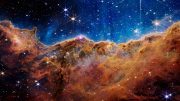
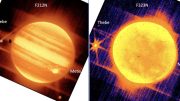

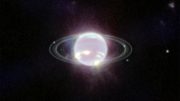
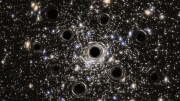
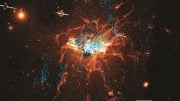


Be the first to comment on "Webb Spots Globular Cluster Sparkling With Separate Stars in the Milky Way Halo"